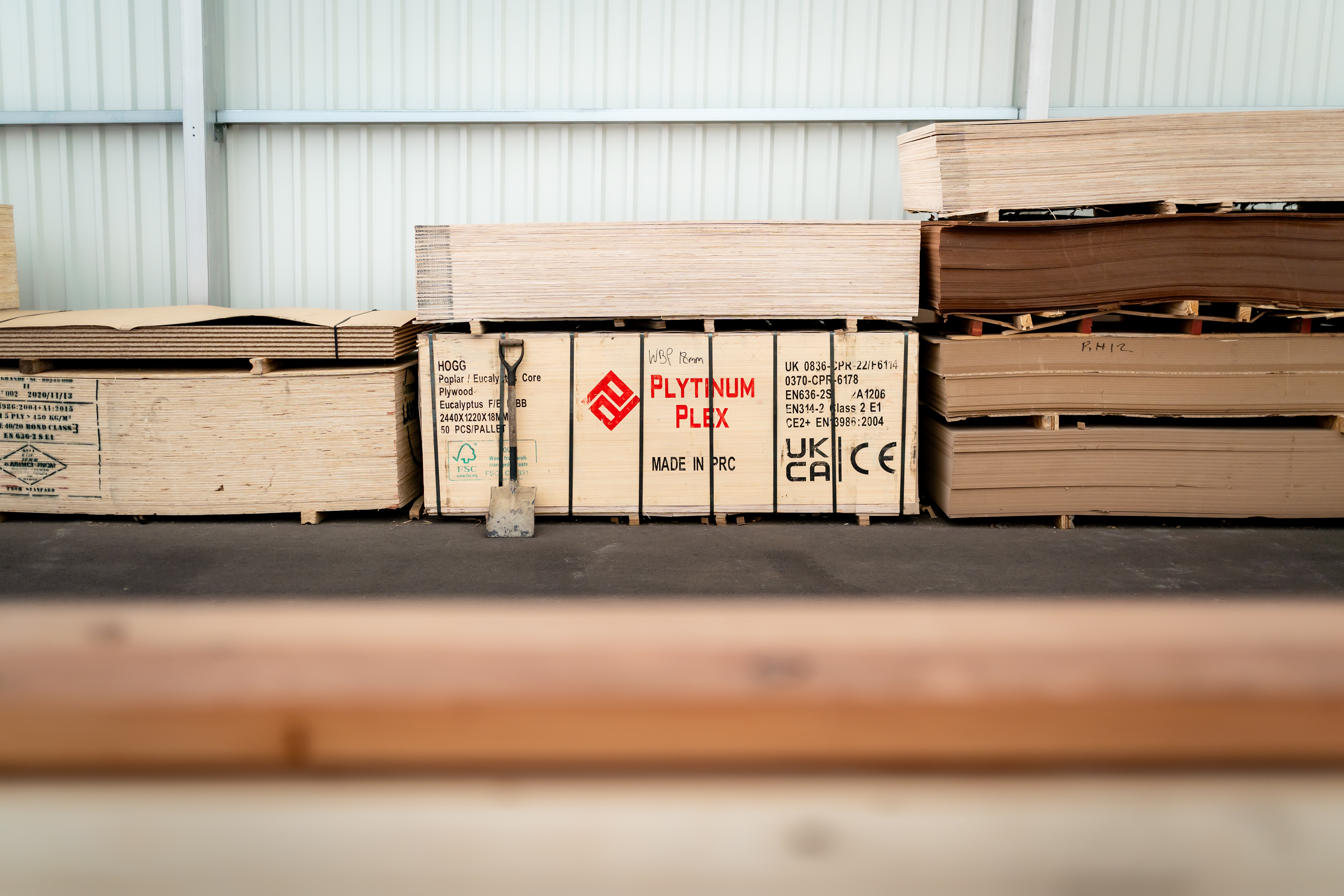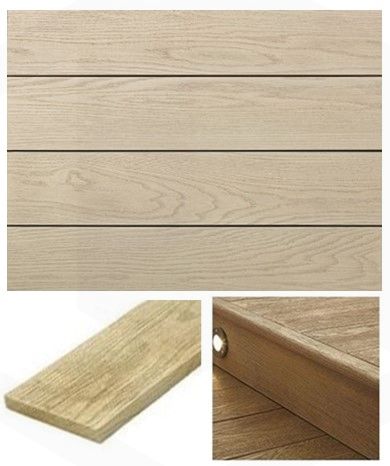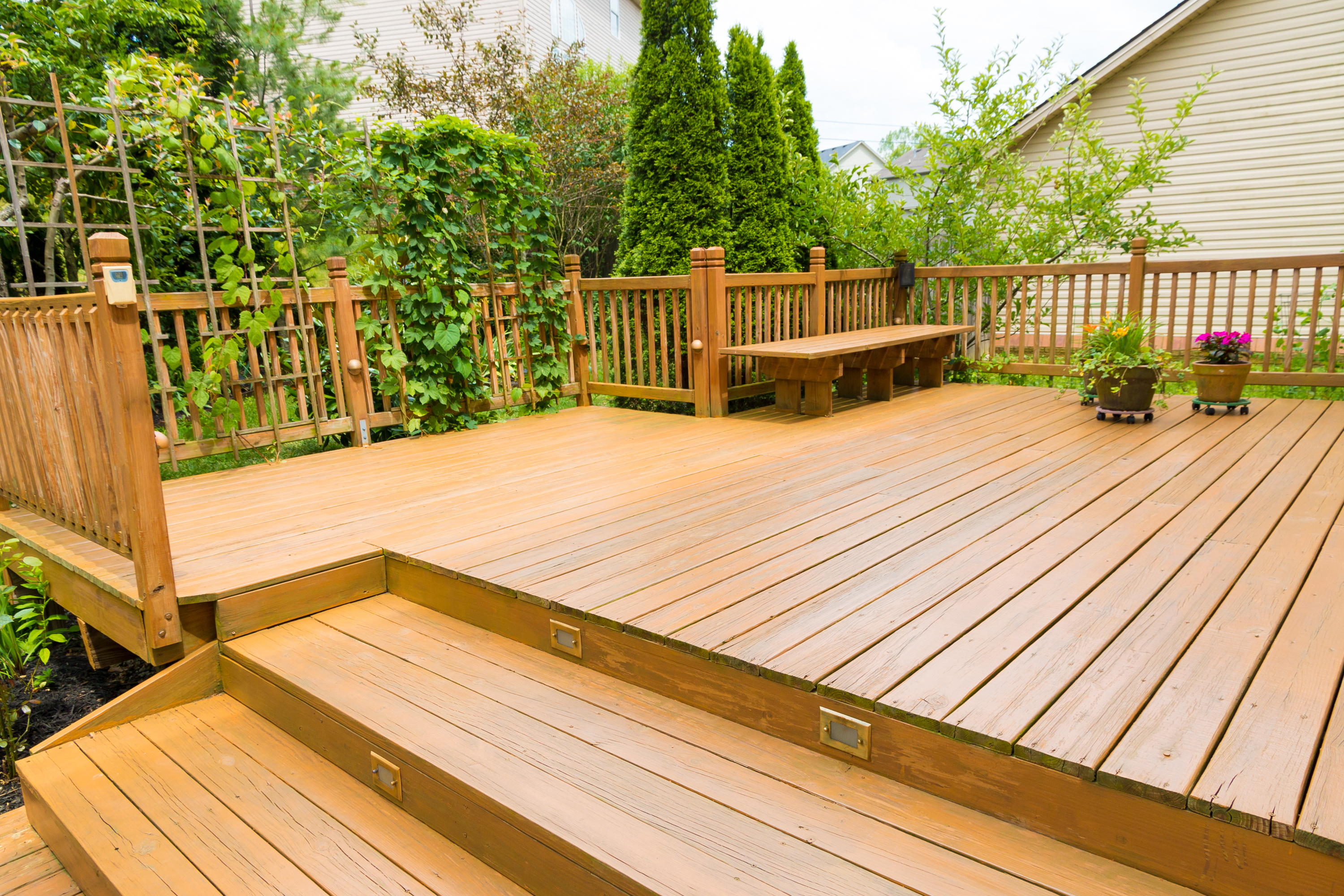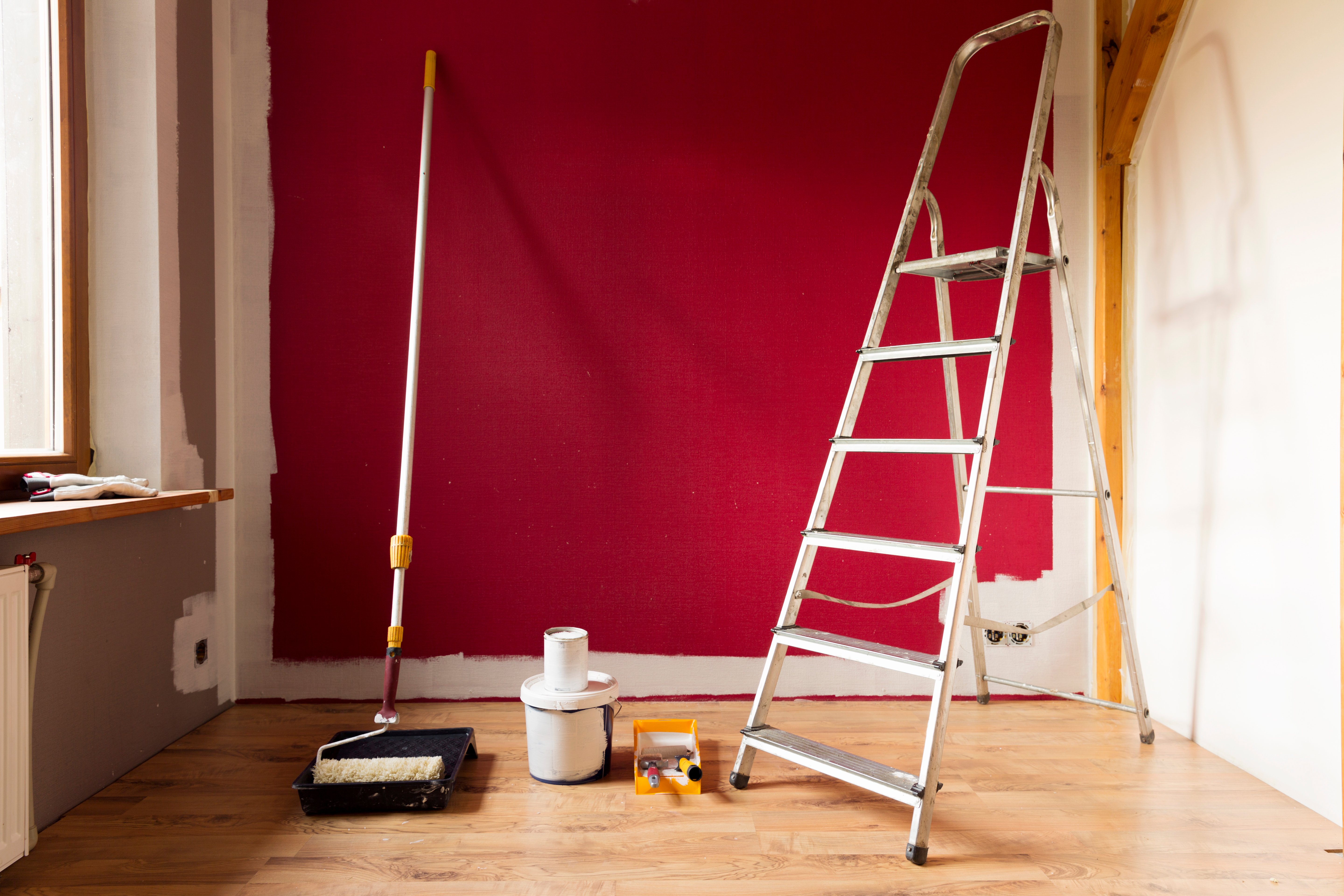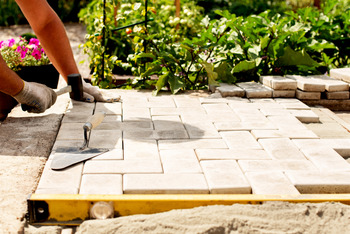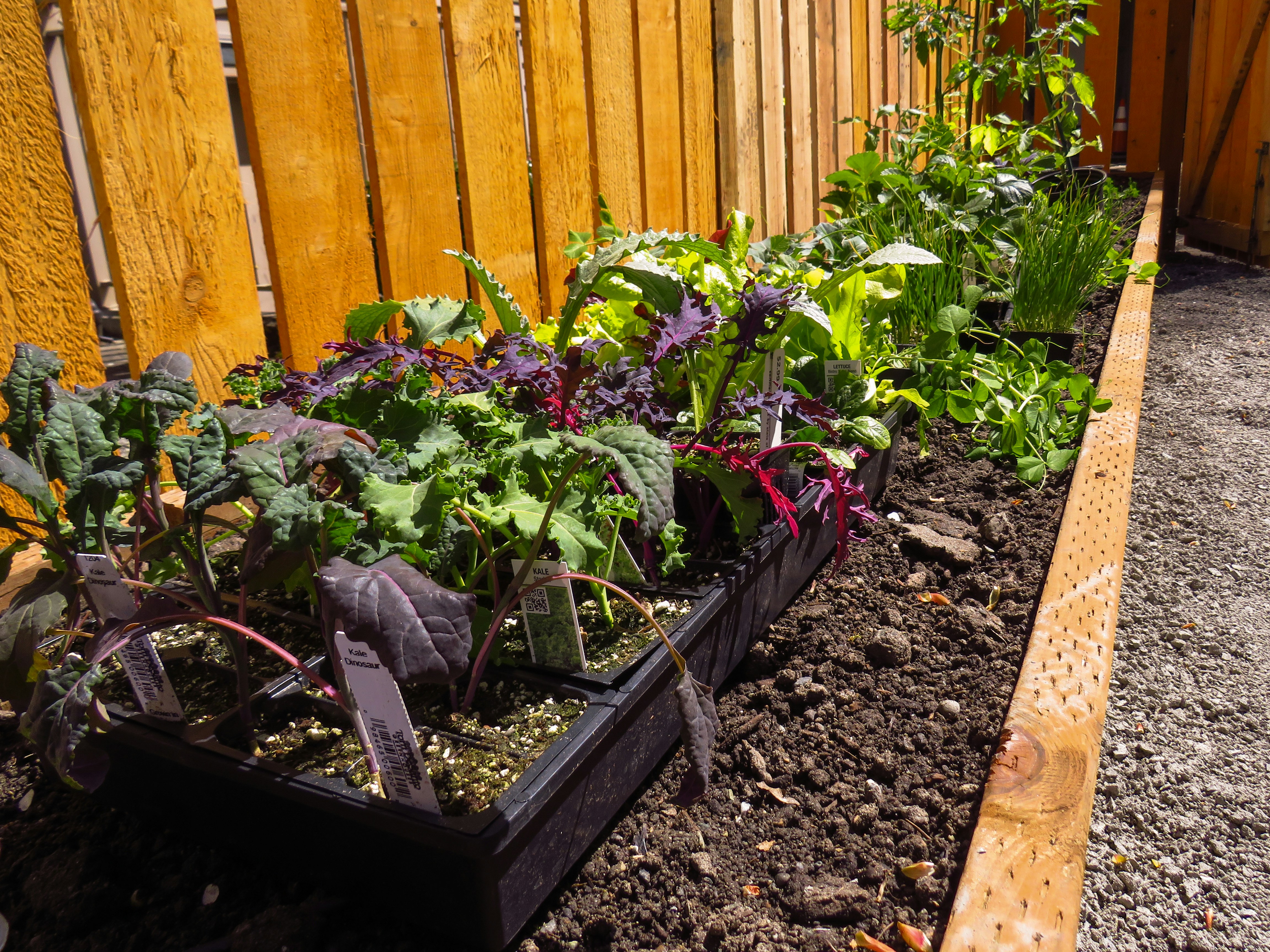In this guide, we will delve into the characteristics of MDF and Plywood, helping you make an informed decision based on your specific needs and preferences.
Understanding MDF
Medium Density Fibreboard, or MDF, is an engineered wood product made from wood fibres, wax, and resin that are compressed and heated to form a dense and sturdy board. MDF has a smooth surface, making it an ideal choice for painting and finishing. It is also known for its affordability, making it a popular option for budget-conscious projects.
Pros of MDF
- Smooth Surface: MDF has a consistently smooth surface, making it excellent for projects that require a flawless finish.
- Affordability: Compared to plywood, MDF is often more budget-friendly, making it an attractive option for cost-sensitive projects.
- Versatility: MDF can be easily shaped and cut, making it suitable for intricate designs and detailed work.
Cons of MDF
- Susceptible to Moisture: MDF is not water-resistant and can swell or warp if exposed to moisture, making it less suitable for applications in humid environments.
- Weight: While density provides stability, it also makes MDF heavier than plywood, potentially impacting transport and installation.
Understanding Plywood
Plywood is a panel made from thin layers of wood veneer glued together, with adjacent layers having their wood grain rotated up to 90 degrees to each other. This cross-graining enhances the strength and stability of the board. Plywood is available in various grades, with higher grades having fewer imperfections.
Pros of Plywood
- Strength and Stability: Plywood is known for its structural integrity, making it an excellent choice for projects that require strength and stability.
- Moisture Resistance: Exterior-grade plywood is designed to withstand moisture, making it suitable for applications in humid or wet conditions.
- Lightweight: Plywood is generally lighter than MDF, making it easier to handle and transport.
Cons of Plywood
- Cost: Higher grades of plywood can be more expensive than MDF, impacting the overall cost of your project.
- Surface Imperfections: Lower-grade plywood may have visible knots or voids, requiring careful selection for projects that demand a pristine appearance.
The choice between MDF and Plywood ultimately depends on your project's specific requirements and your budget constraints. If a smooth finish and affordability are paramount, MDF may be the ideal choice. However, if you prioritize strength, stability, and resistance to moisture, plywood might be the better option. Consider the environment in which the finished product will be placed and the desired aesthetic to make an informed decision.
Ultimately, both MDF and Plywood have their places in the world of woodworking, and choosing the right material will contribute to the success and longevity of your project.
Explore our specialist sheet materials store for an impressive array of MDF and plywood options, curated to meet your diverse needs with quality and style.


